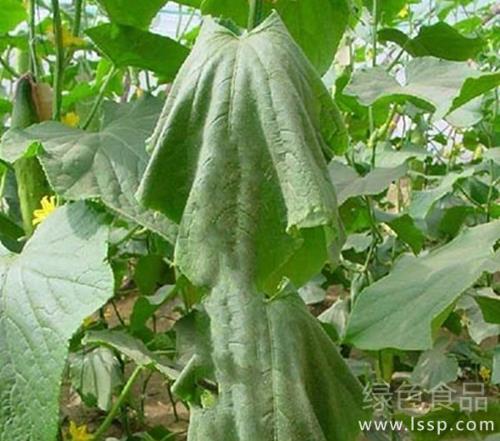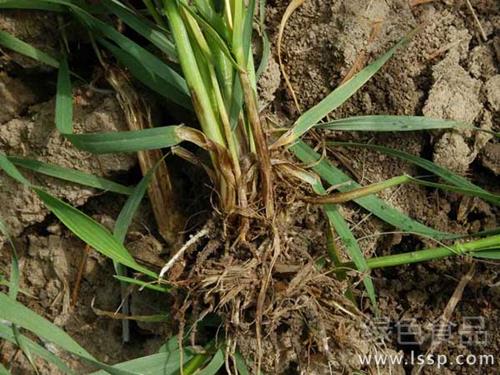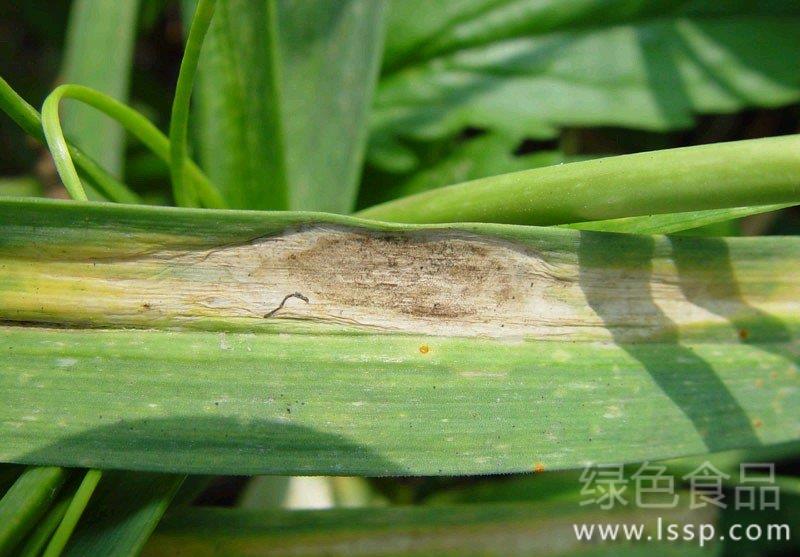Countermeasures of Cucumber shrinkage caused by shrinkage affecting yield of Cucumber in greenhouse
Cucumber cultivated in greenhouse often has wilting symptoms, causing serious plant death. With the increase of cucumber planting area in greenhouse, the wilting of cucumber increased year by year, affecting the yield. In this paper, several common wilting symptoms and control countermeasures of cucumber in greenhouse are introduced as follows:

Cucumber wilt
1. Fusarium wilt
Throughout the growing period, cucumbers will get sick, which is the heaviest from flowering to fruiting. At the initial stage of the disease, the leaves wilted gradually from the bottom up, which seemed to be lack of water, which was more obvious at noon and could recover sooner or later. After a few days, the leaves withered and did not return to normal. In a humid environment, the diseased surface grew white or pink mildew layer. To control Fusarium wilt, cucumber roots can be irrigated with 3000 times of carbendazim or 50% carbendazim wettable powder.
2. Acute wilting:
The cucumber plant was strong, but the leaves suddenly wilted at noon on a sunny day, recovered in the evening, cut off the base of the stem, no vessel discoloration and no emulsion overflow. The reason: due to continuous cloudy days, uncovering the grass, cucumber can not carry out photosynthesis, in a state of hunger, low ground temperature, weak root activity, once a sunny day, greenhouse temperature increases, humidity decreases, leaf water transpiration is fast, root water absorption is weak, and less water is transported upward. The leaves will wilt. Prevention and control measures: continuous overcast for several days, if in sunny days, do not uncover all of the grass, first uncover a part, and then gradually all open, when the leaves wilt seriously, you can use sprayers to spray water to the leaves to prevent excessive wilting from causing damage to the leaves.
Third, the quality of grafted cucumber is poor or the compatibility between rootstock and scion is not high.
In the early stage of the disease, the lateral root of black-seeded pumpkin rootstock became brown and rotten, and the main root became light brown or brown, and when serious, the roots all turned light brown or brown, resulting in cucumber wilting. Prevention and control measures: first, control the amount of watering, prevent flooding, especially in continuous rainy and snowy days, watering is prohibited. The second is ploughing and hoeing. Loosen the soil and prevent soil from hardening. Third, chemical prevention and treatment. At the initial stage of the disease, the roots were irrigated with 800 times of 70% methyl topiramate or 500 times of 70% mancozeb wettable powder, with 250 ml of medicine per cucumber plant.
Fourth, flood irrigation:
After irrigation, the soil has high water content and poor air permeability. under the condition of hypoxia, it is easy to produce poisons, which will cause cucumber root poisoning or hypoxia suffocation and wilting. The soil moisture at the bottom of cucumber was fully watered 15-20 days before planting. If the living soil layer is too deep, the border surface is leveled again after watering, so that the soil can reach the standard of deep, transparent, fine, flat and solid. Drip irrigation is suitable for watering to avoid flooding and maintain soil permeability.
Cucumber atrophy
5. Harm of root-knot nematodes:
Root-knot nematodes were distributed in the soil layer of 3~9cm, and the roots of the damaged cucumbers formed root nodules and gradually swollen. After the root tissue was damaged, the absorption and transport capacity of fertilizer and water became poor, which made the plants short, the leaves yellowed, and wilted or died in severe cases. To control root-knot nematode disease, the soil can be treated with chemicals before planting, or roots can be irrigated with 1.8% avermectin EC 1500 times during the growing period.
6. Excessive concentration of fertilizer:
Excessive fertilization, especially near the root neck of cucumber when applying chemical fertilizer, is easy to burn cucumbers. The application of fertilizer with high nitrogen content can produce ammonia in the process of decomposition in the greenhouse. When the temperature rises, the concentration of ammonia is too high, resulting in wilting and death of plants. It is necessary to apply less quick-acting fertilizer, more rotten organic fertilizer, and extra-root topdressing, such as compound potassium dihydrogen phosphate, spray Shibao and other foliar fertilizer.
Related
- Fuxing push coffee new agricultural production and marketing class: lack of small-scale processing plants
- Jujube rice field leisure farm deep ploughing Yilan for five years to create a space for organic food and play
- Nongyu Farm-A trial of organic papaya for brave women with advanced technology
- Four points for attention in the prevention and control of diseases and insect pests of edible fungi
- How to add nutrient solution to Edible Fungi
- Is there any good way to control edible fungus mites?
- Open Inoculation Technology of Edible Fungi
- Is there any clever way to use fertilizer for edible fungus in winter?
- What agents are used to kill the pathogens of edible fungi in the mushroom shed?
- Rapid drying of Edible Fungi



